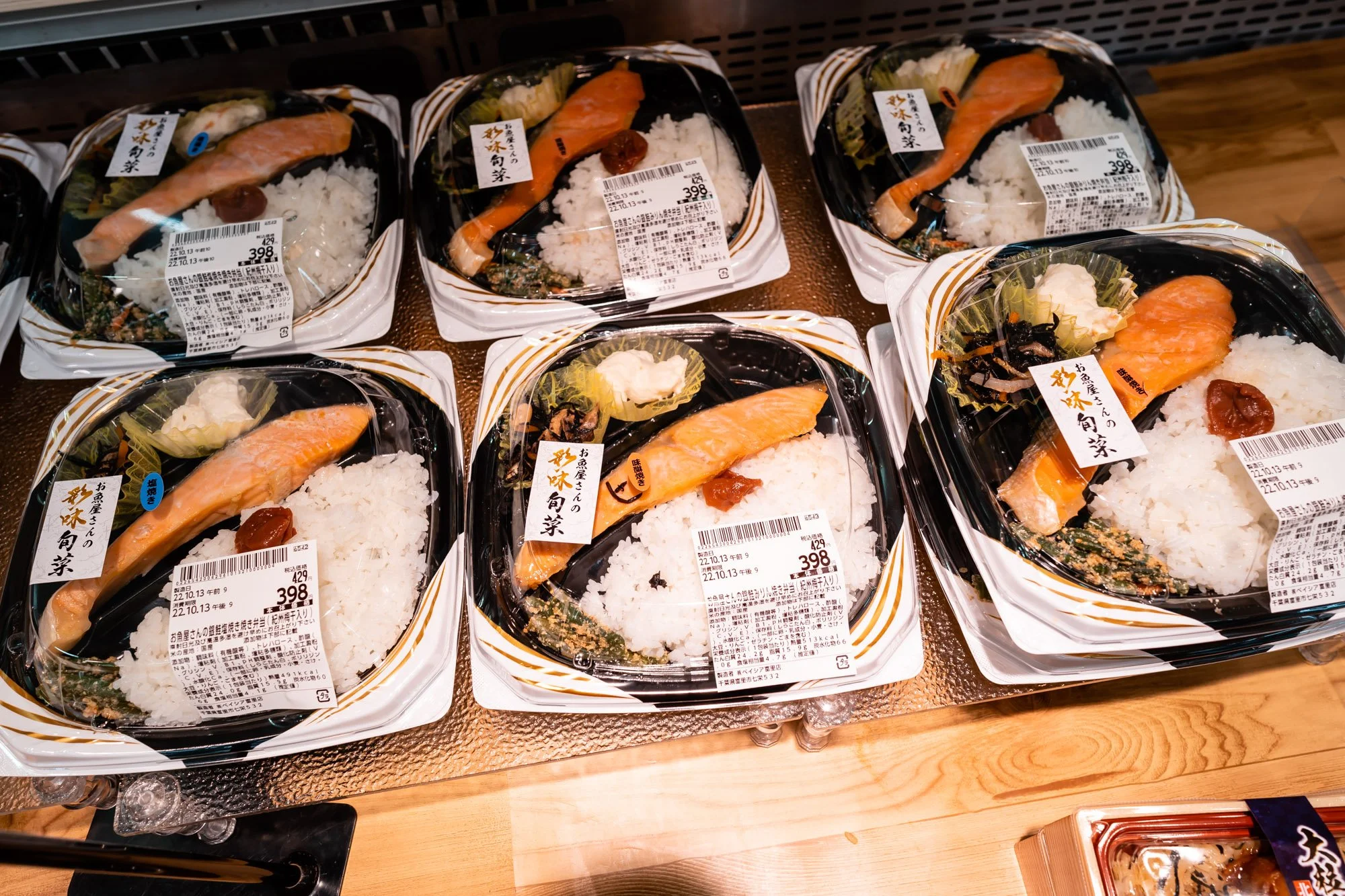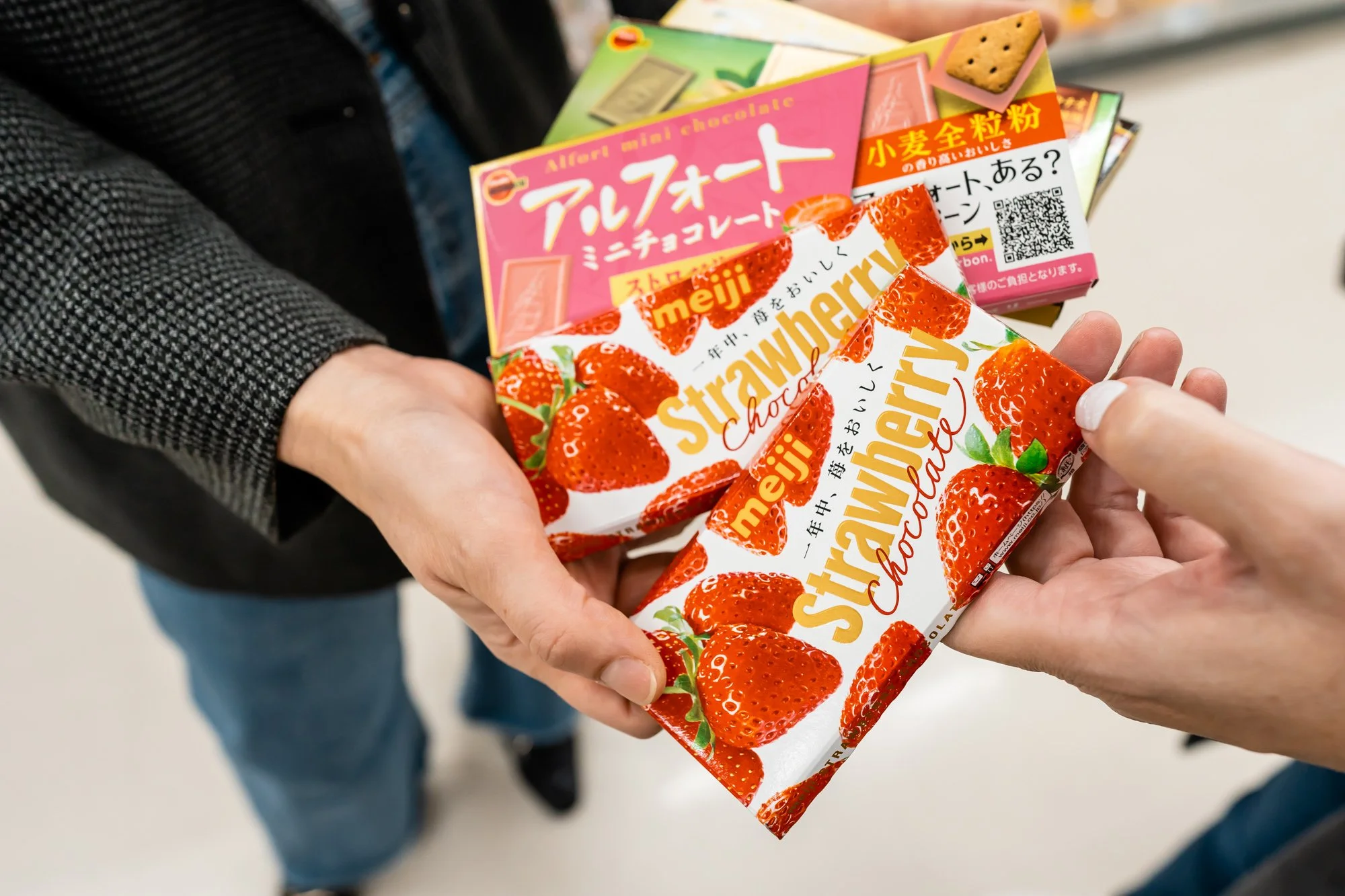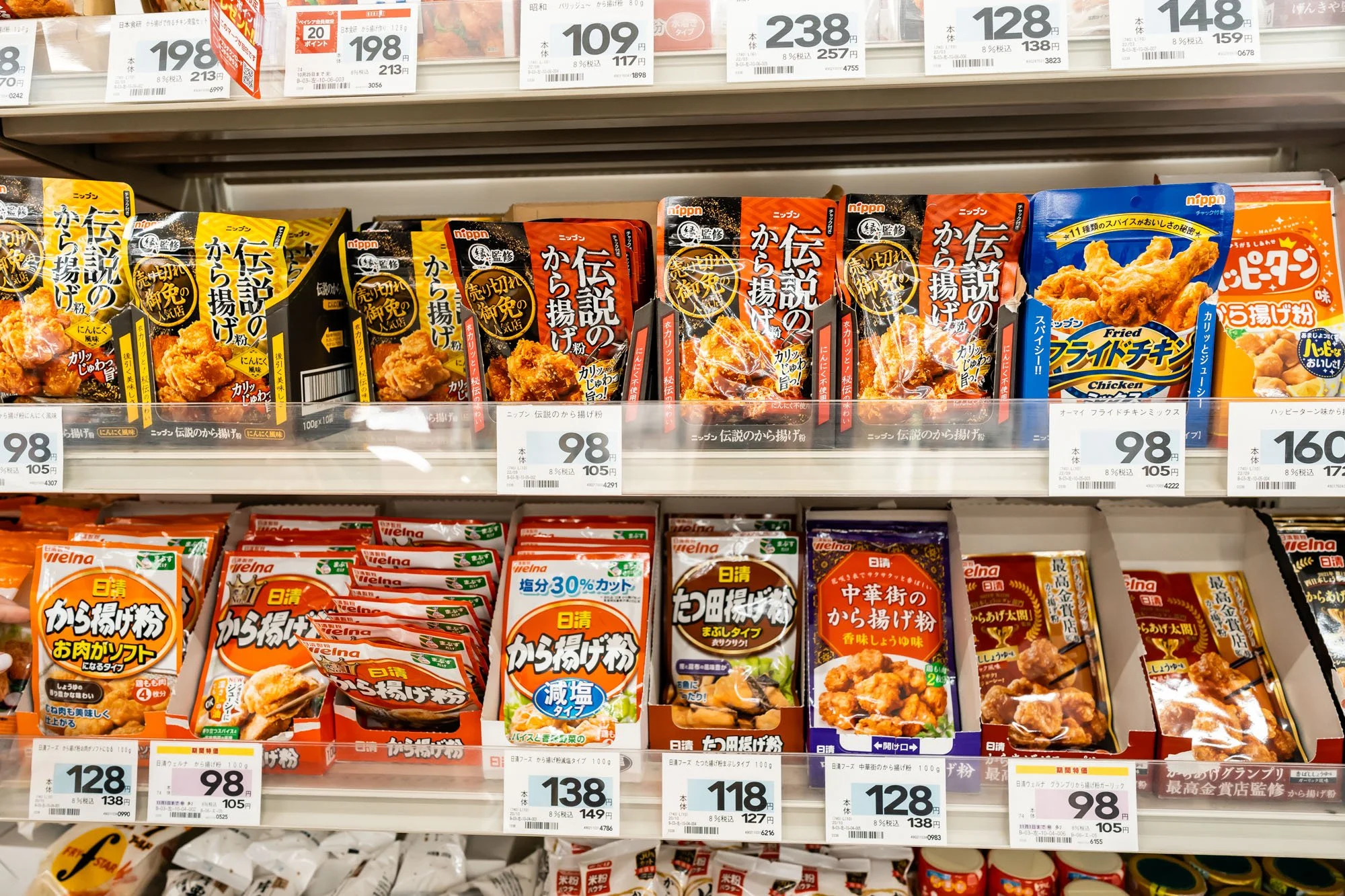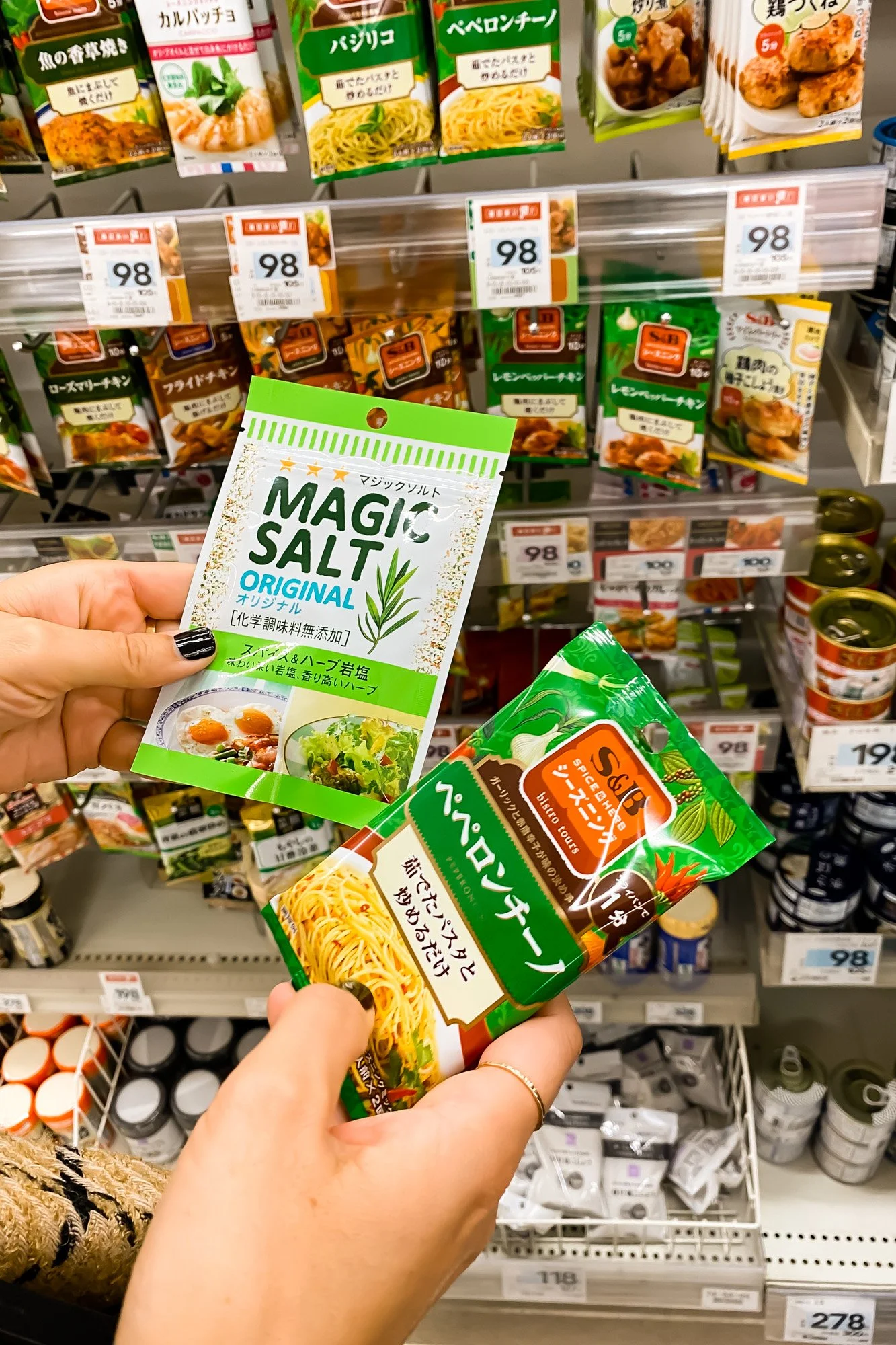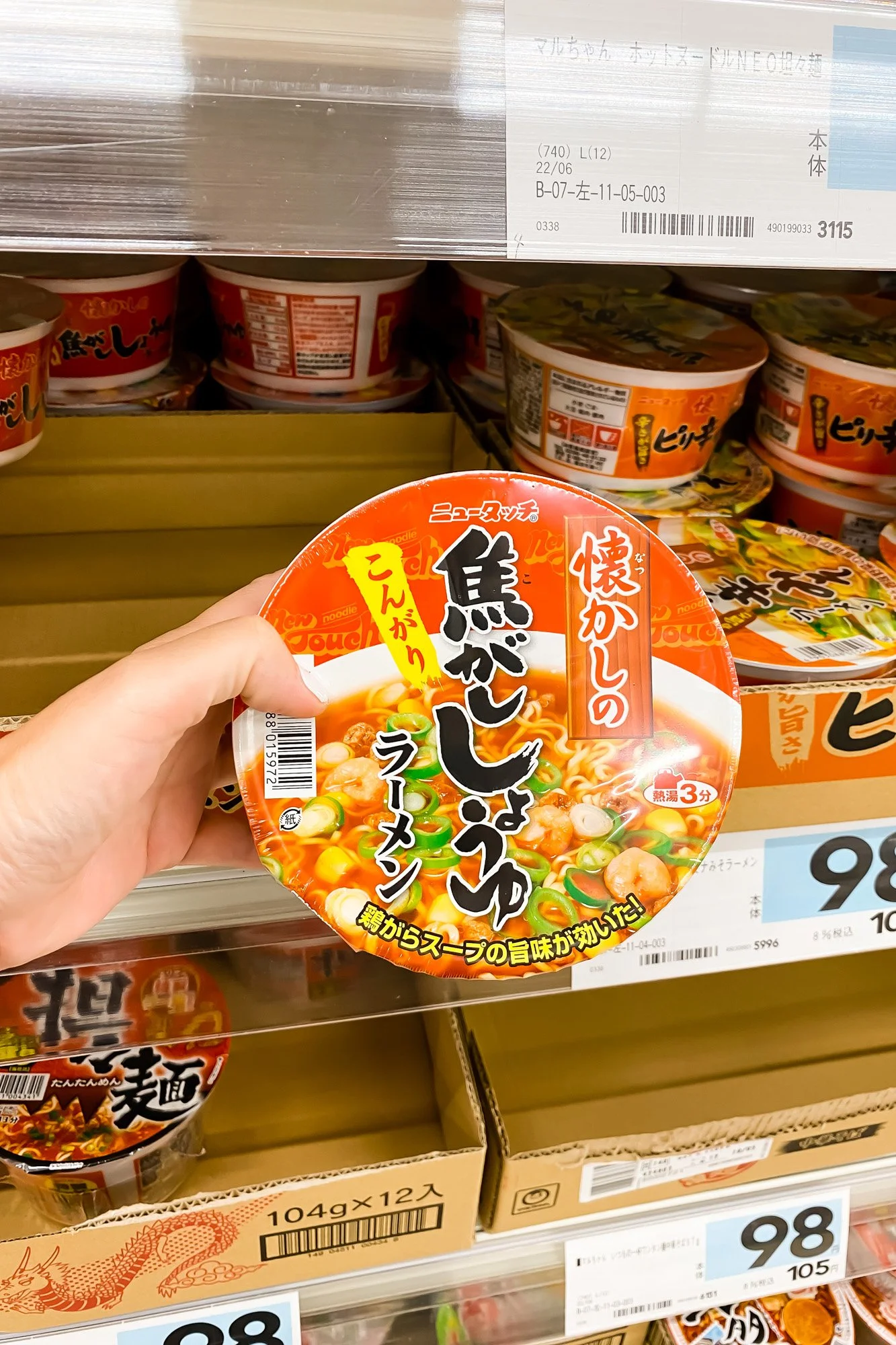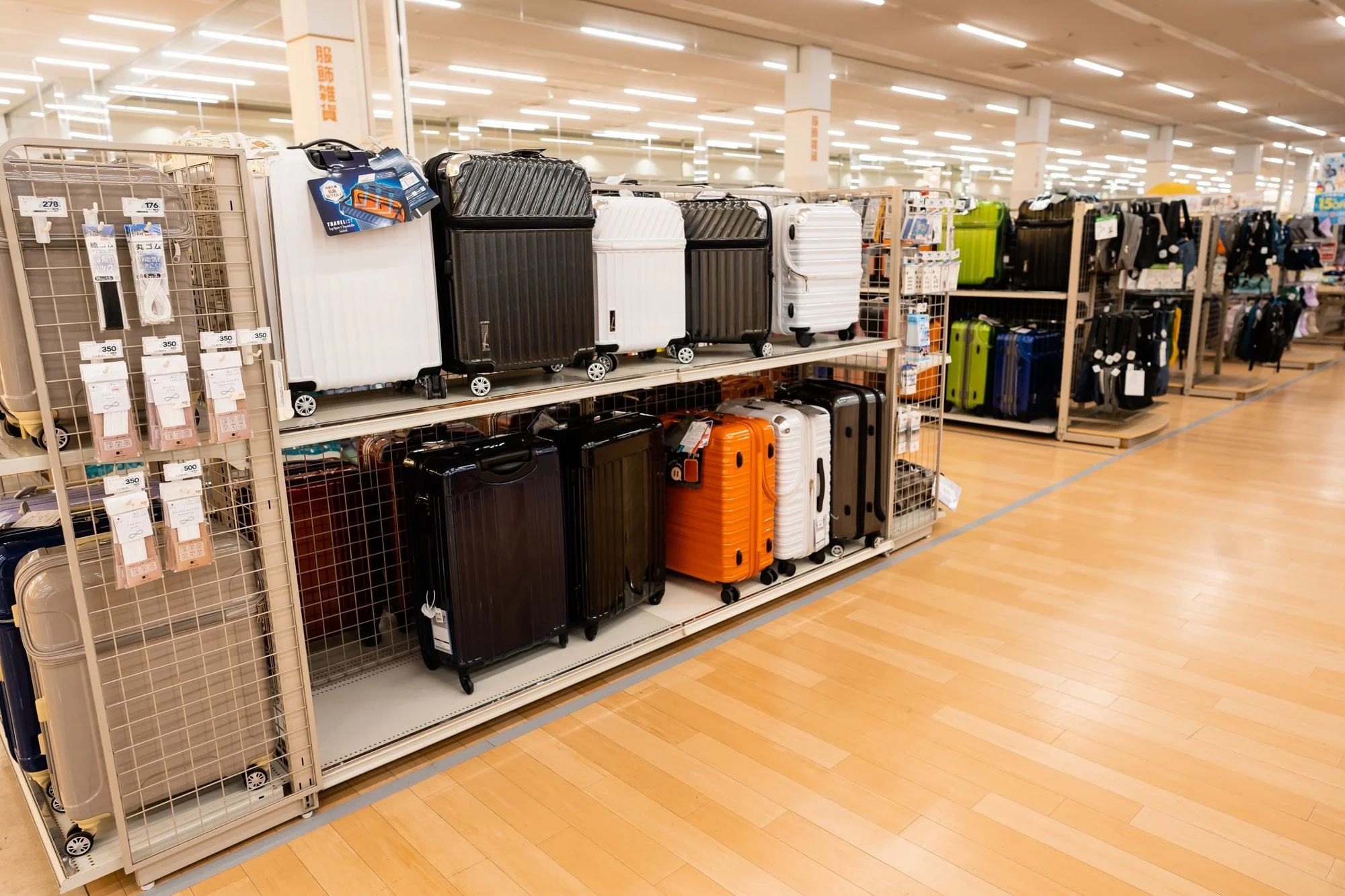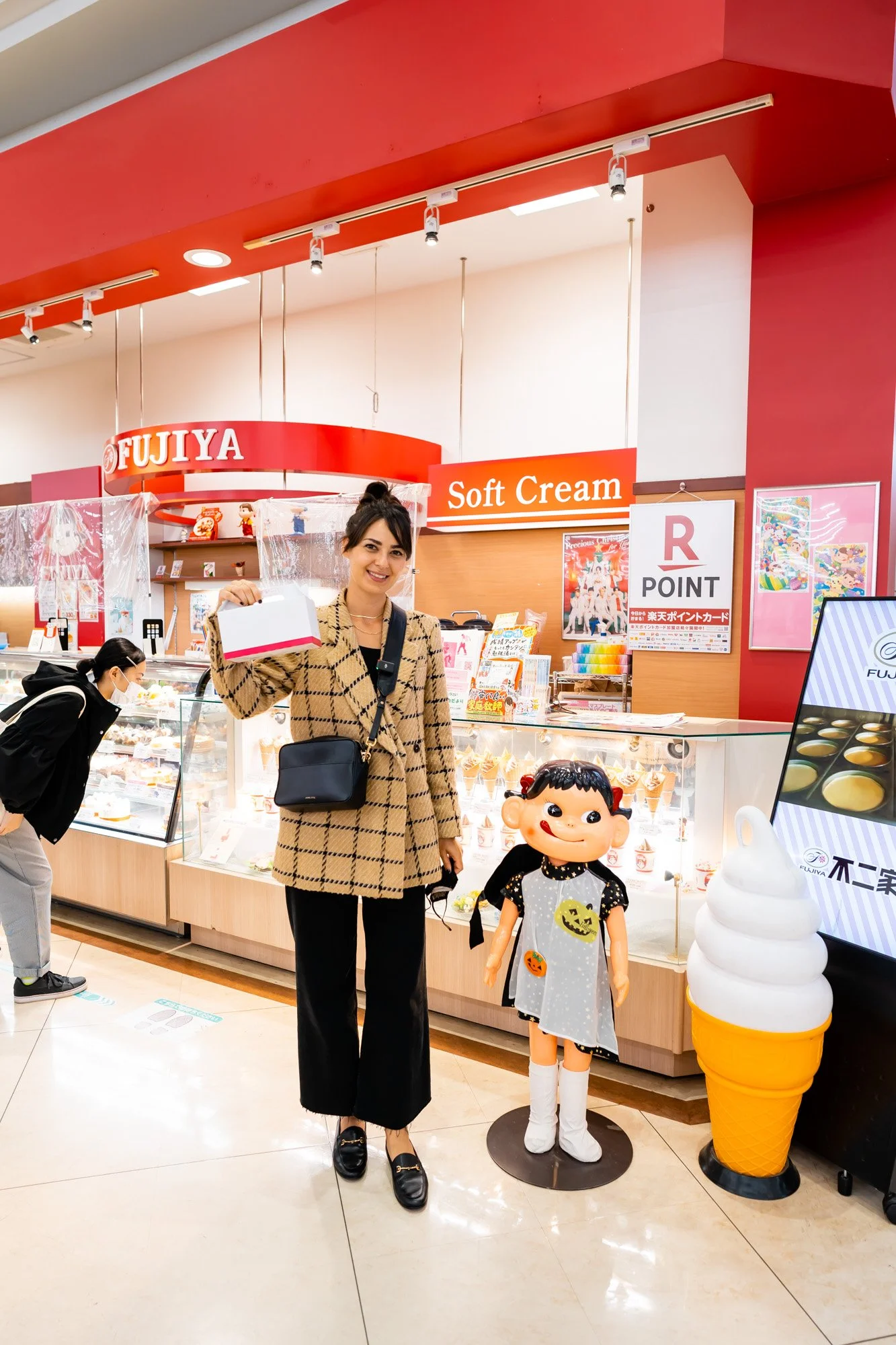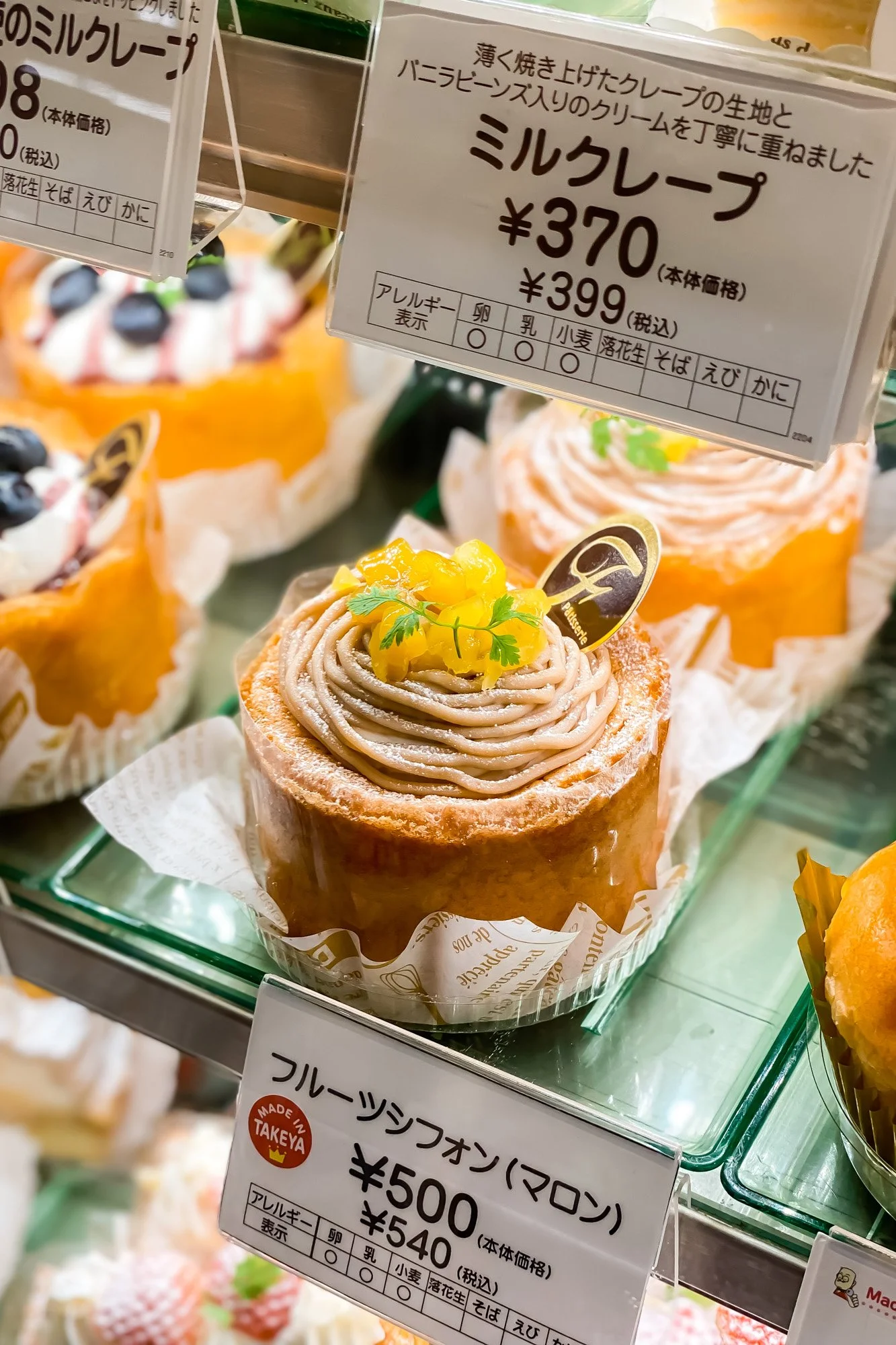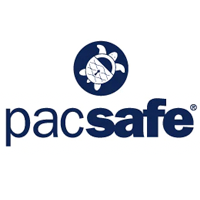A Tour of a Japanese Supermarket - Beisia
/This post contains affiliate links, which means that at no additional cost to you if you click on one of the product links, we may earn a commission. As Amazon Associates, we earn from qualifying purchases.
We make our way to Japan as often as we can (at least once a year) since our parents and siblings reside there. We used to live in Japan as well, so when we visit, there are always certain places we have to stop by when we go home.
We aren’t the average tourists in Japan, so there are definitely places we visit that a typical tourist probably wouldn’t. One of those places is the supermarket. AEON Supermarket is Japan’s most popular one (which we shop at often), but Beisia is the nearest supermarket to our parent’s home, so we frequent this one the most.
Beisia Supermarket in Narita Japan
Most of the supermarkets in Japan have a similar layout and, in comparison, Beisia is like a Super Walmart in the states.
Snack Aisle
Grocery
Ready-Made Hot and Cold Foods
Arguably one of the best things about Japanese supermarkets is the number of ready-made meals that are put out every day. These meals are typically made in-store, so it’s a great place to either buy lunch or dinner.
Fresh Salmon Bento
We do this often and the best part is the affordable prices. Some of the meals will be packaged in a bento style or some items you can select a la carte. Typically, there are tongs where you can grab fried foods like croquettes or tempura and pack them yourself in a to-go container.
Produce
Since this is a grocery store, there is obviously a product section. Most Japanese fruits and vegetables are grown locally and sometimes a label is placed on items indicating which farms the produce is from.
Fresh Produce
Fish
Candy loves seafood and this is the section she loves most about Japanese supermarkets. In the states, the seafood is so expensive and not particularly fresh, so she rarely buys seafood.
Sashimi Platter
It’s quite the opposite in Japan. There is a variety of cuts of fish as well as the different grades ranging from the highest grade of fish (for example sashimi), which is suitable for raw consumption.
Salmon Fillets
It’s also very reasonably priced. You can buy salmon to cook for two for less than $5. Or you can purchase a yummy sashimi plate for under $10.
Octopus
Snacks
We spend a lot of time in the snacks section because this is the only aisle where we can actually take stuff back home with us to the states. It’s cheaper to buy your favorite snacks here instead of at the convenience store.
meiji Strawberry Chocolate
Crystal likes to browse the chocolate aisle and usually fills her shopping basket with a variety of chocolate flavors. Her favorite is strawberry chocolate. If you’ve never had Japanese chocolate, its unique bitterness and blend of flavors will leave you wanting more.
A variety of chocolate bars
Peko and sanrio Chocolate
Candy likes to browse the traditional Japanese snacks aisle. Her favorite is the senbei (rice crackers). They come in various shapes, sizes, and flavors, usually savory but sometimes sweet.
Uni (senbei) Rice Cracker
Dry Goods
This is another aisle where we can buy in bulk and take the items home with us, so we load up our shopping carts here too. Crystal likes to stock up on powdered kara-age (fried chicken mix) and Candy will grab a handful of rice seasoning packs.
Kara-Age Flour Mix
It’s also a great section to find unique condiments like yuzu powder, sauces, and salad dressings. If you have room in your luggage, it’s worth buying a small bag of premium rice.
Seasonings
Instant Ramen
OTC (over-the-counter) Pharmacy
We like to head over to the OTC pharmacy to grab some meds. There are drugs of all varieties from cold medicine to painkillers to stomach medication. Crystal usually likes to buy Muhi, which is Japan’s version of Cortizone. In our opinion, Muhi works better.
Pharmacy Section
Right next to the pharmacy, you’ll typically find the cosmetic and skin care aisles. Candy prefers to buy Japanese makeup at a department store or Matsumoto Kiyoshi since there is more variety from those stores.
Home Goods
On the other side of the groceries, you’ll find rows of home goods products.
Luggage
Kitchen
On occasion, we purchase nifty kitchen gadgets in this section. If you’re in the market for a quality cabbage slicer or a ginger grater, this is where you can find those tools.
kitchen Gadgets
If you’re a fan of making bento, there are plenty of bento boxes and accessories to choose from. Also, if you have been looking for containers for condiments, there are an array of containers here as well.
Clothing
We have never bought clothing here but thought we should mention that they do have clothing for all ages and gender. We think they could do a better job advertising their clothing since it does seem a bit dreary.
Men’s Button Down Shirts
We noticed that the men’s workwear section was quite large, so it must be quite popular. There’s also a ton of sports shoes as well as a wide range of kid’s clothes.
Sneakers
Furniture
There really isn’t a huge furniture section, but there was one classic piece of furniture called the kotatsu. A kotatsu is like a campfire drawing people around it, it’s a source of warmth and joy that brings people together.
Kotatsu
We grew up with a kotatsu in our home and essentially, it’s a heated table that keeps the lower half of your body warm with a space heater. A floor-length blanket hangs over the tabletop to trap the heat.
Blanket Pads for beds
Pets
The pet corner has pet food as well as accessories. We saw one of our favorite products hanging on their shelf called the clip scoop.
This nifty scoop is a three-in-one tool measuring cup, food scooper, and a bag clip all in one. It’s also fully collapsible to save space so it makes it easy to pack for your pet's travels.
Pet Clip Scoop
Dog BIrthday Cake
Pet Accessories
There was also a freezer filled with pet food like birthday cakes and ready-made meals. These adorable meals looked like real human food. We haven’t seen anything like it in the states.
Toys
There is a toy section and a mini arcade center as well, but this part of the department is a bit outdated. We also noticed that a lot of the children’s toys that were in faded boxes looked like they have been sitting on the shelves for ages.
This toy box looked a bit faded
Seria
We’re not sure if all Beisia Supermarkets have Seria, but if you happen to walk into one that does, you should definitely check it out. Seria is the second largest 100 yen shop in Japan and they sell a ton of products from kitchenware, stationery, gardening tools, homeware, craft supplies, pet products, glassware, containers, etc.
Seria inside Beisia
Yakitori Counter
Candy is a huge fan of yakitori and the yakitori counter inside Beisei is a chain called Ginza Souzaiten. Their yakitori (grilled chicken skewers) is fantastic because it’s cooked over charcoal which is the authentic and traditional way.
Ginza Souzaiten inside Beisia
Candy’s favorite is the Negima (chicken skewered with pieces of leek in between) and the best time to grab these yummy bites is during their “time service”. Basically, during the less crowded hours of the day, the items go on sale for a limited time.
Fujiya Bakery
Fujiya is a legendary franchise bakery that has been in business for over a century (est. 1910) and for good reason. Their cakes are pastries are divine and have the perfect balance of appearance, texture, and flavor.
Fujiya’s mascot Peko-chan
Fruit Chiffon Cake
If This is Your First Visit
Shopping Carts
The shopping carts in japan are pretty compact compared to American ones and many are double-deckers. At the entrance, you’ll grab a cart and then two baskets to place on them. It may sound odd, but this process makes sense when you get to the checkout corner.
Japanese Supermarket Shopping Carts
Check out
When you check out at the register, you’ll place your baskets on the counter. The cashier will scan your items and place them in another cart. Then after you are rung up, you take your basket(s) over to the bagging station.
Checkout Register
Bagging Station
Bagging groceries yourself is the norm and we’ve never seen it done any other way. There is no grocery bagger or cashier bagging your purchases. This method speeds up the checkout process.
Bagging groceries
Using my own shopping bag
The bagging station is typically equipped with adhesive tape, a trash can, and a wet sponge. The wet sponge is to help you open those pesky plastic bags (if you didn’t bring your own bags) so that you don’t have to lick your fingers.
If you happen to come across a supermarket while in Japan, we definitely think it’s worth a visit. You’ll be surprised at just how much stuff you’ll want to walk out with.




